2017 Nissan Titan Platinum Reserve Review - Very Good Won't Be Good Enough
2017 Nissan Titan Platinum Reserve
To beat the establishment at the establishment’s game, one needs either to employ a high degree of anti-establishmentarianism or prove to be obviously superior than the establishment.
Recognizing that the establishment is entrenched, with six Detroit brand pickup truck nameplates earning better than four out of every five pickup truck sales in America, two pickup trucks launched in 2016 with markedly different approaches.
Honda, quite evidently, does not believe the world’s eighth-largest automaker can endure a head-on collision with the Ford F-150, Ram 1500, Chevrolet Silverado, and GMC Sierra. The Ridgeline is still a unibody pickup with a V6 engine, a 5,000-pound towing capacity, and a trunk under the bed. Put Honda down in the anti-establishment column.
Nissan, however, clearly wants to be part of the establishment. The second-generation Nissan Titan approaches Detroit’s pickups with ostentatious design, a rumbling V8, full-size dimensions, and a new chrome-laden top-trim level. But remember, Nissan can’t merely match the best trucks — the Titan must demonstrate indisputable superiority.
HISTORY
As a result, Titan volume plunged 86 percent between 2005 and 2015, falling to only 12,140 units in its final full year, roughly the number of F-Series pickups sold every six days. The neglect translated to an enormous number of lost sales over the course of a decade. Those lost sales now translate into lost opportunities for Nissan. The very truck buyers who could have remained loyal had Nissan captured them with a re-engineered 2010 Titan ( Ram-based, oddly), never became Titan buyers in the first place. Years of potential were ceded to deeply-rooted Detroit dominance.
[Get new and used Nissan Titan pricing here!]
Thus, while Nissan might not be starting from scratch with the second-generation Titan, it might as well be.
POWERTRAIN
You’ll think Nissan must have tasked its quasi-partners at Mercedes-Benz’s AMG division to develop the 5.6’s sound. The rumble is intoxicating, at least until its persistence becomes the only thing keeping the interior from being as quiet as a modern truck’s cabin should be.
For now, the 5.6-liter V8 is standard equipment. There is no economical Titan variant. The EPA’s estimated fuel economy ratings (18 miles per gallon, combined) bore no resemblance to the 12.7 mpg we observed. To be fair, much of our Titan mileage was accrued on short drives in cold weather, and we spent some time in snowy conditions in four-wheel drive with some light offroading mixed in. Then again, the previous occupant of this Nissan Canada-supplied truck, Kevin Harrison of CarDriven, witnessed an even worse 12.5 mpg.
My week-long tests in two F-150s and two GMC Sierras (encompassing a 3.5-liter EcoBoost, 2.7-liter EcoBoost, 5.3-liter V8, and 6.2-liter V8) resulted in an 18.2-mpg average.
None of those engines have the Titan’s terrific throttle response.
CAPABILITY
Nissan, of course, reserves top-notch towing and payload for the Titan XD, a heavier-duty pickup intended to find middle ground between Detroit’s half-ton and HD trucks. Titan towing maxes out at 9,230 pounds; payload at 1,610 pounds. (Titan XDs drive those maximum figures up to 12,314 and 2,091 pounds, respectively. F-150 SuperCrew towing capacity climbs to 11,900 pounds; payload ranges from 1,570 pounds to 2,910.)
Yet it’s the Titan that drives in a decidedly more truck-like manner. On 20-inch wheels, ride quality is lacking, with the Titan Platinum Reserve easily perturbed by poor quality paving jobs. Perhaps worse is the teeter-totter response to bigger dips, as the Titan struggles to get its up-down-up-down motions back into check. Steering is unnecessarily heavy, and the 5,935-pound curb weight feels more like 6,935 when you decide to see if the Titan can handle as well as a Ram 1500.
None of this will seem abnormal to the owner of a 2004 Nissan Titan or even a new vehicle buyer who hasn’t driven the 2017 Titan’s modern pickup truck rivals. The Titan’s dynamic behavior, poor fuel economy, and slightly downgraded capability are were par for the course just a few years ago. Others have advanced farther down a road where maximum pickup truck capability begins to merge with maximum car-like driveability.
CABIN
There’s no available sunroof, however, no park assist or auto-4WD settings. The touchscreen is a hilariously long reach away, and once reached, it’s a modest seven-inch unit with tech that neither impresses nor offends.
In crew cab form, the Titan offers the gigantic rear accommodations we’ve come to expect in familified pickups. Seating three across in comfort, legs askew and extended, is no issue.
Front seat comfort is exceptional on these Platinum Reserve thrones, as well, though forward visibility is marginally constricted by a high cowl and dipping roof.
Nissan currently shows $4,000 in “Total Savings” on each Titan trim line. The incentive war is not an easy one to win for the lowest-volume builder of full-size pickup trucks, particularly when rival truckmakers offer especially strong discounts to brand loyalists.
FUTURE
Minor, but numerous. The Titan is quiet inside, but not the quietest. It rides and handles and steers tolerably; others now do so impressively.
Its broad range of capabilities, while hosting a family in total comfort, is admirable, if only other full-size trucks didn’t offer an even broader range of ability while also riding and handling and steering more sweetly.
Luxed up in Platinum Reserve form, the Titan offers plenty of features, but it’s not exactly chock full of tech.
If only other full-size pickup trucks had not become so very good, I’d be celebrating the 2017 Nissan Titan’s execution, dancing a jig, placing a Recommended star on its hood, and considering a Titan-sized expenditure of my own.
The Titan, however, does not live in a vacuum. Pickup trucks are not reviewed in isolation. The 2017 Nissan Titan needed to be better than its high-volume rivals. It needed to be better than good enough.
It isn’t.
Nissan must now abandon the neglectful policy that persisted through the previous-generation Titan’s tenure. Nissan must frequently refresh the Titan. Nissan must remember to thoroughly revamp the Titan before Ivanka and Chelsea are on the ballot.
Then, if the leaps forward for the next Titan and the Titan after that are as significant as the improvements made this time around, the story will change.
Timothy Cain is the founder of GoodCarBadCar.net, which obsesses over the free and frequent publication of U.S. and Canadian auto sales figures. Follow on Twitter @goodcarbadcar and on Facebook.
More by Timothy Cain
Latest Car Reviews
Read moreLatest Product Reviews
Read moreRecent Comments
- V8fairy Not scared, but I would be reluctant to put my trust in it. The technology is just not quite there yet
- V8fairy Headlights that switch on/off with the ignition - similar to the requirement that Sweden has- lights must run any time the car is on.Definitely knobs and buttons, touchscreens should only be for navigation and phone mirroring and configuration of non essential items like stereo balance/ fade etc>Bagpipes for following too close.A following distance warning system - I'd be happy to see made mandatory. And bagpipes would be a good choice for this, so hard to put up with!ABS probably should be a mandatory requirementI personally would like to have blind spot monitoring, although should absolutely NOT be mandatory. Is there a blind spot monitoring kit that could be rerofitted to a 1980 Cadillac?
- IBx1 A manual transmission
- Bd2 All these inane posts (often referencing Hyundai, Kia) the past week are by "Anal" who has been using my handle, so just ignore them...
- 3-On-The-Tree I was disappointed that when I bought my 2002 Suzuki GSX1300R that the Europeans put a mandatory speed limiter on it from 197mph down to 186mph for the 2002 year U.S models.



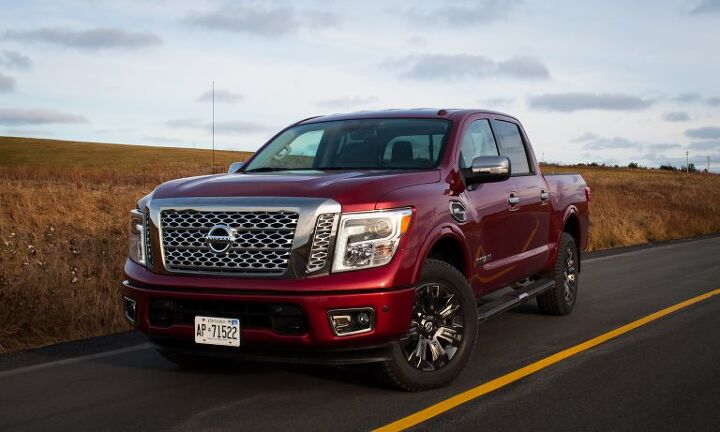

















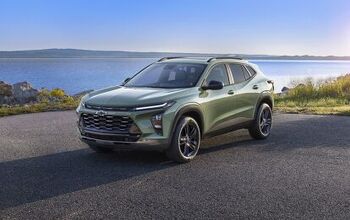
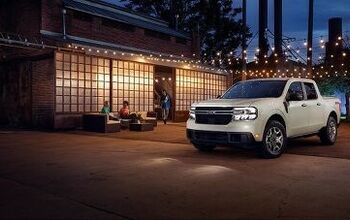
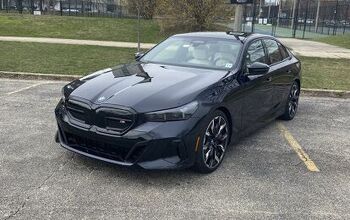
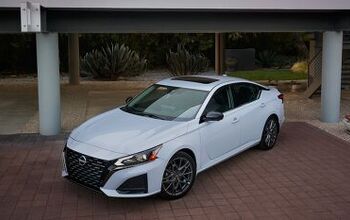
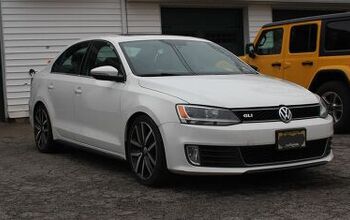

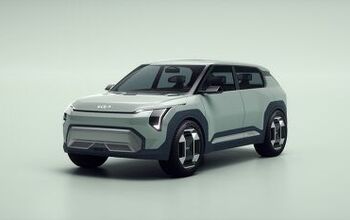
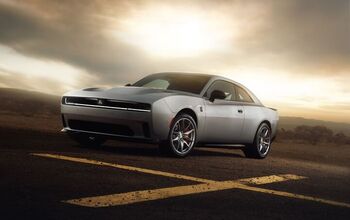
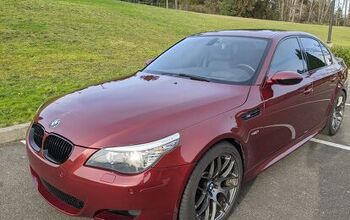


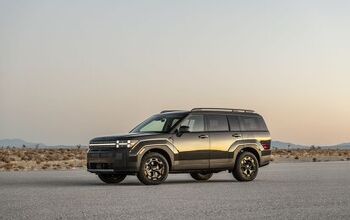
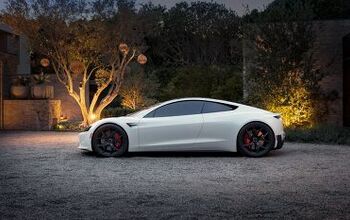
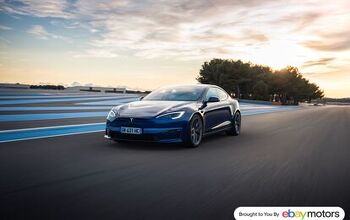
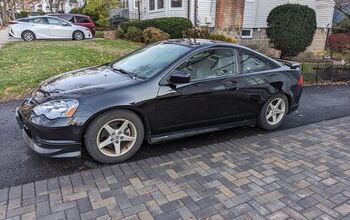

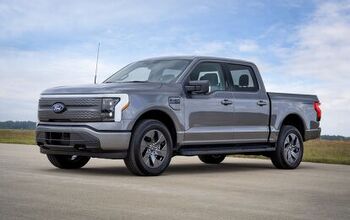

Comments
Join the conversation
LOL @ the Nissan banner ads on this article: "TAKE ON 2017 EVENT Take on 2017 and take home a new Nissan. The 2016 Nissan Quest (R) (was Altima before the page was refreshed, still said 2016)." Why mention the year 2017 twice in the (small) ad while actually advertising 2016 models? They're pretty much saying "its now 2017, so buy last year's leftovers. Please!"
I'd really like to see more highway driving fuel economy stats from, you know, normal weather conditions on these reviews. I just purchased a new F-150 after months of researching, test driving, and reading/watching every review I could find. I ended up getting an XLT SuperCrew with the 2.7 EcoBoost. All the reviews said it wasn't much better from a fuel economy standpoint than the 5.0 V8 or the 3.5 EB. 19.5-20 is all anyone could muster. I got 19.5 with the cruise set at 80 MPH with two other people, luggage for four days (with a 21 month old), and a bed and cab loaded down with enough Christmas presents and goodies to break Santa's back. On my regular commute cycle (some stop and go, a lot of two lane state highways with the cruise on 60-65, some interstate) I get 22.3 with regular unleaded. Granted, this is Coastal Georgia/Savannah. The terrain is largely flat, and there isn't any snow, but these review fuel economies for trucks are all over the place. If you guys want some "real world, straight highway driving" fuel numbers, hit me up.